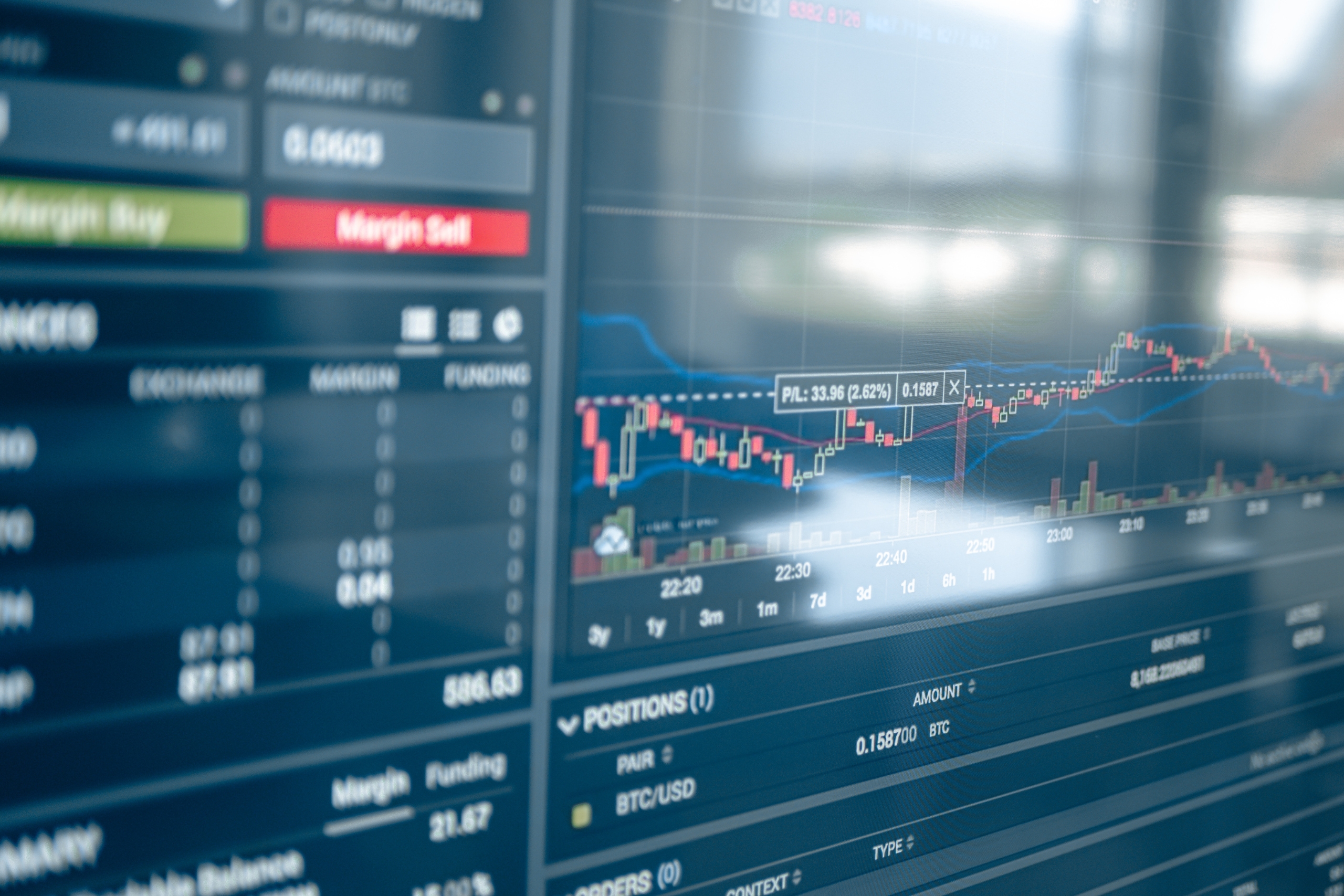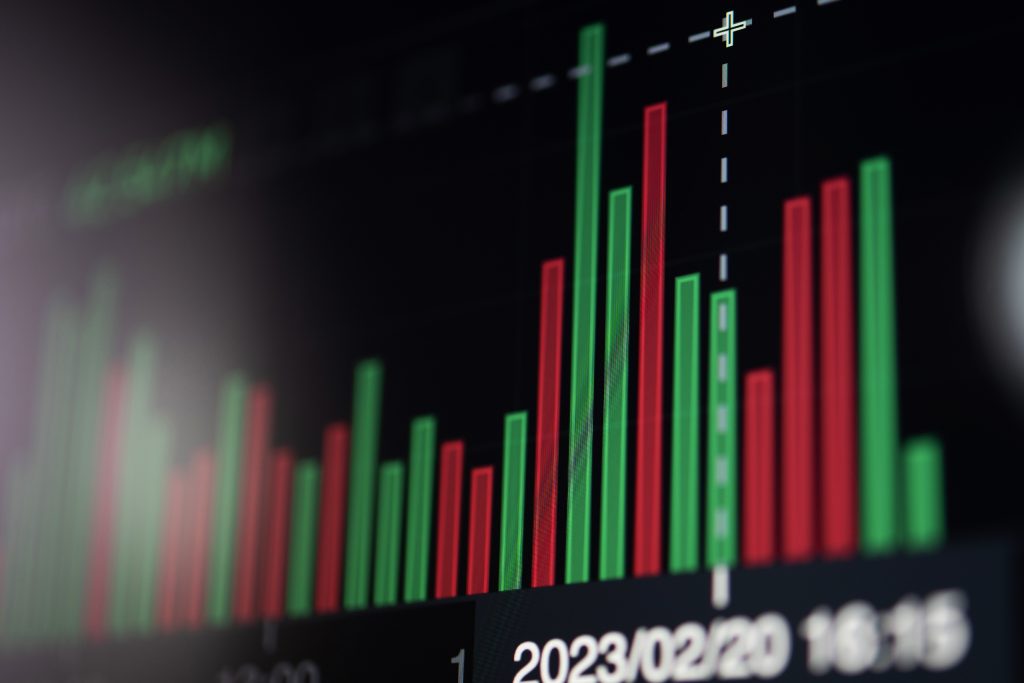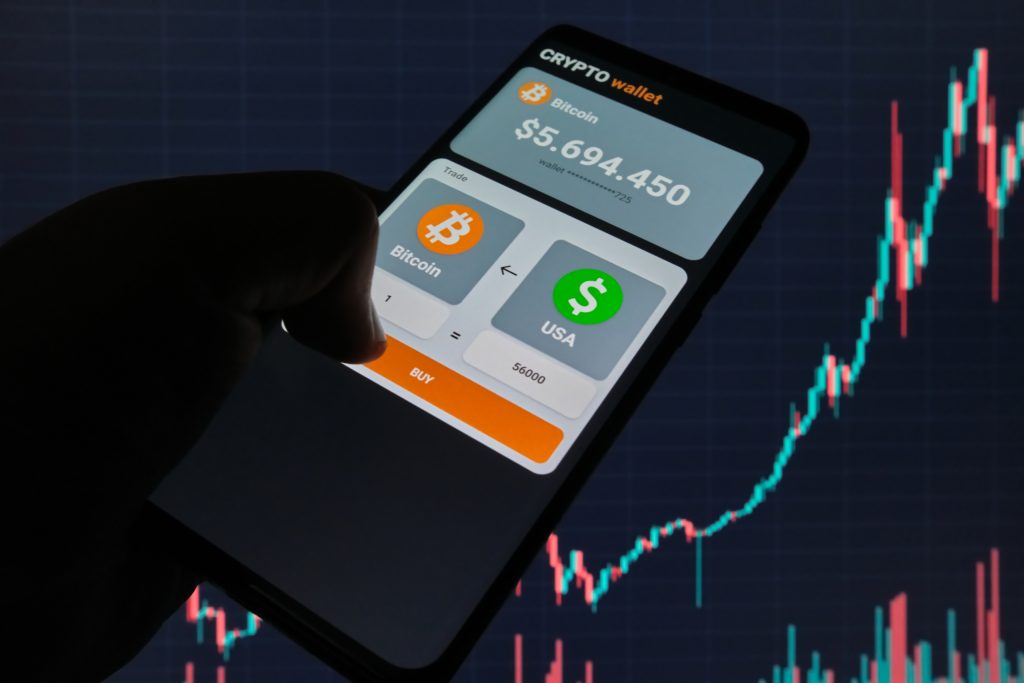Analyzing The Liquidity And Trading Volume On IR Exchange

In the world of financial markets, liquidity and trade volume are very important ideas. The level of liquidity of an asset or security is how easily it can be bought or sold on the market without making big price changes. Trading volume, on the other hand, shows how many shares or contracts are bought and sold during a certain time period.
When looking at the IR (Investor Relations) Exchange, it’s important to look at trade volume and availability for a number of reasons. To begin, buyers can figure out how easy it is to join or leave a position in an investment by looking at its liquidity levels. There are more buyers and sellers when availability is high, so bid-ask gaps are smaller and trade costs are lower. Instead, stocks with low availability may not be able to be bought or sold easily, making it hard to find a buyer or seller. This can cause prices to slip and trade costs to rise.
Besides that, trade volume shows how busy the market is and how interested investors are in a certain product. Price trends, market mood, and possible buying or selling pressure can be seen by keeping an eye on trade traffic. It can also help you find times when there is more fluctuation or when new market players enter the picture.
Liquidity on IR Exchange
Liquidity is a term used to describe the ease with which an asset or security can be bought or sold in a market without causing significant price changes. In simpler terms, liquidity reflects the ability to convert an asset into cash quickly and at a determined price.
Liquidity plays a crucial role in any market, including the IR (Interest Rate) Exchange. It is of utmost importance as it ensures the smooth functioning of the market and promotes confidence and participation from investors. A liquid market allows investors to enter or exit positions at any time without incurring substantial costs, thus enhancing market efficiency.
Several factors affect liquidity on the IR Exchange. Firstly, the number of participants in the market influences liquidity. The more buyers and sellers there are, the higher the likelihood of finding a counterparty willing to transact. Additionally, the volume and frequency of trades affect liquidity. A market with high trading volumes and frequent transactions tends to be more liquid compared to a market with low volume and infrequent trades.
The availability of information is another crucial factor. Investors demand transparency and accurate information regarding the assets being traded. A lack of information or uncertainty about the underlying assets can impact liquidity negatively.
Moreover, market depth is essential for liquidity on the IR exchange. Market depth refers to the presence of substantial bid and ask orders at various price levels. A deep market allows for larger trade sizes without significantly impacting prices.

Trading Volume on IR Exchange
Trading volume refers to the total number of shares or contracts traded in a particular market within a given time period. It is a measure of market activity and liquidity, indicating the level of interest and participation in buying and selling of securities. The trading volume on an IR (Investor Relations) Exchange reflects the number of shares being bought and sold by investors in companies listed on that specific exchange.
Trading volume is an important indicator in the market as it provides insights into market trends, investor sentiment, and liquidity. High trading volume indicates a high level of market activity, suggesting that there is significant interest and participation in the market. This can lead to increased price volatility and faster price movements. On the other hand, low trading volume can indicate a lack of interest or uncertainty in the market.
Various factors affect trading volume on an IR Exchange. Market conditions, such as economic indicators, interest rates, and overall investor sentiment, can influence the level of trading volume. Company-specific factors, such as earnings announcements, news releases, and corporate events, can also impact trading volume. Additionally, trading volume can be influenced by institutional investors, market makers, and regulatory changes.
Bid-Ask Spread Analysis
Bid-ask spread analysis is a key concept in financial markets that helps investors understand the liquidity and transaction costs associated with trading. The bid-ask spread refers to the difference between the highest price at which buyers are willing to pay for a security (bid) and the lowest price at which sellers are willing to sell (ask).
The bid-ask spread has a significant impact on market liquidity. When the spread is narrow, it indicates a highly liquid market, as there is a smaller difference between the buy and sell prices. This makes it easier for buyers and sellers to find each other and execute trades quickly, resulting in increased market activity. On the other hand, a wide spread suggests lower liquidity, as there is a larger difference between the bid and ask prices. This can make it more challenging for traders to buy or sell assets, potentially leading to delays in trading and reduced market activity.
To calculate the bid-ask spread on an interest rate (IR) exchange, one must subtract the ask price from the bid price. For example, if the bid price for a bond is $100 and the ask price is $101, the bid-ask spread would be $1. Interpreting this spread, investors can determine the cost of trading the bond, as they would need to pay an extra $1 per bond if they were to buy it at the ask price and immediately sell it at the bid price.
Market Price Analysis
Market price analysis involves the examination and understanding of market prices on an Interest Rate (IR) Exchange. This analysis is crucial for investors and traders as it enables them to make informed decisions based on market trends and fluctuations.
There are several factors that affect market prices on IR Exchange. One crucial factor is the supply and demand dynamics of the market. If there is a high demand for a particular security, its market price is likely to increase. On the other hand, if there is a surplus supply of a security, its market price may decrease.
Another factor that affects market prices is the prevailing interest rates. The relationship between interest rates and bond prices is inverse. When interest rates rise, bond prices generally fall, and vice versa. Therefore, investors and traders closely monitor interest rate movements to anticipate potential changes in the market prices of bonds.
Additionally, market liquidity and trading volume play a significant role in determining market prices. Higher liquidity and trading volume tend to result in more efficient and accurate price discovery. It is crucial to consider the impact of liquidity and trading volume when analyzing market prices, as lower liquidity can lead to higher bid-ask spreads and decreased market efficiency.

Conclusion
In conclusion, analyzing liquidity, trading volume, bid-ask spread, and market prices on the IR Exchange is crucial for making informed investment decisions and developing efficient trading strategies. By monitoring these key factors, investors can gain insights into market activity, price movements, and overall market sentiment. This analysis enables investors to better understand the dynamics of the market and make well-informed decisions that can lead to successful outcomes. Moving forward, further research in the field of market liquidity and trading volume can provide valuable insights into market trends and potential opportunities for investors. By continuously analyzing these factors, investors can stay ahead of the curve and optimize their investment strategies on the IR Exchange.





